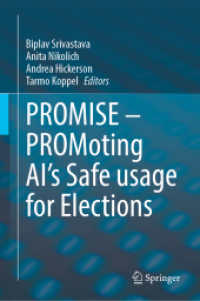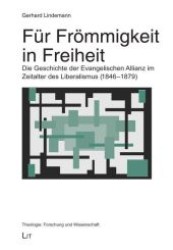- ホーム
- > 洋書
- > 英文書
- > Performing Arts
Full Description
Using rigorous theoretical frameworks and succinct filmic analyses, this book will be essential reading for those interested in Mexican and Latin American film, as well as those working in the fields of Cultural, Screen, and Trauma Studies.








